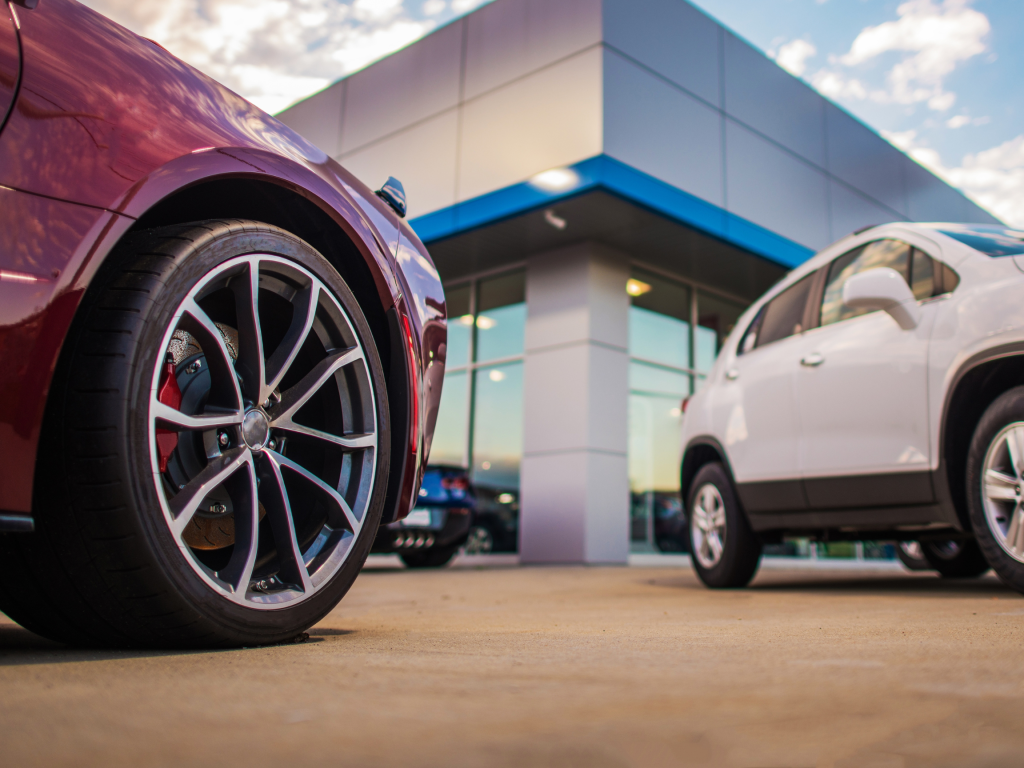Strategic Growth for Your Automotive BDC: Unlocking Sales with Comparable Vehicles

Why Comparable Vehicles Are a Strategic Lever for Your Automotive BDC
In today’s volatile automotive retail environment, operational efficiency is everything — especially for your automotive BDC. With lead costs rising and inventory shifting quickly, GMs and BDC directors need scalable strategies that improve conversion without increasing spend.
One of the most underutilized yet high-impact tactics is the proactive offering of comparable vehicles. When implemented correctly, it allows your automotive BDC to convert more leads, move stale inventory, and reduce friction in the sales funnel.
The Strategic Value of Comparable Vehicles
Most leads don’t convert because the exact vehicle a shopper inquires about is either sold or no longer relevant by the time your team connects. Research shows up to 60% of buyers end up purchasing a different vehicle than the one they initially submitted a lead for.
This presents a clear opportunity: train your automotive BDC to use comparable vehicles as a default response — not just a fallback.
Benefits to Your Dealership’s KPIs
Let’s break down the strategic impact this approach can have across critical performance areas in your automotive BDC:
1. Lead Conversion
Offering comparable vehicles immediately increases your first-contact value proposition. This turns “Sorry, it’s sold” into “Let me show you a few other great options.”
2. Inventory Turn
Your automotive BDC can drive visibility to aging or overlooked units by positioning them as viable alternatives. This balances inventory demand and improves monthly turnover ratios.
3. Response Time & Personalization
By integrating tools that automatically surface similar vehicles, your automotive BDC improves both speed and relevance — two key benchmarks in digital retailing success.
4. Customer Experience
The ability to offer immediate, relevant alternatives demonstrates dealership-level professionalism. It positions your automotive BDC not as a call center, but as a sales enablement engine.
How to Operationalize Comparable Vehicles in Your Automotive BDC
To make this strategy actionable, your automotive BDC must have both the tools and the training to identify, recommend, and follow up on comparable vehicles consistently. Here’s how:
- Use Inventory Matching Technology: Integrate systems that flag alternative vehicles based on price, features, or proximity.
- Update Scripts and Templates: Your automotive BDC reps should reference comparable vehicles in email, SMS, and live calls — especially if the original vehicle is unavailable.
- Automate Alerts: Set alerts when a lead’s vehicle of interest is sold. Trigger an immediate follow-up from your automotive BDC offering similar inventory.
- Track KPIs: Monitor which comparable vehicles are most effective in converting leads to appointments or sales, and adjust your follow-up strategies accordingly.
Strategic Implementation Yields Real ROI
Dealerships that have embedded this strategy into their automotive BDC workflow have seen:
- 15–20% increase in appointment show rates
- Faster response times on aging inventory
- Improved team morale due to more productive conversations
The ROI isn’t theoretical — it’s measurable. And in a tightening market, that matters.
Final Thought: Your Automotive BDC Is a Growth Engine — Treat It Like One
Most dealerships see their automotive BDC as a cost center. Strategic operators know it’s actually a growth center — if it’s equipped with the right mindset, tools, and approach. Offering comparable vehicles is not a tactic. It’s a process shift that creates sustainable performance gains across sales, inventory, and customer satisfaction.

